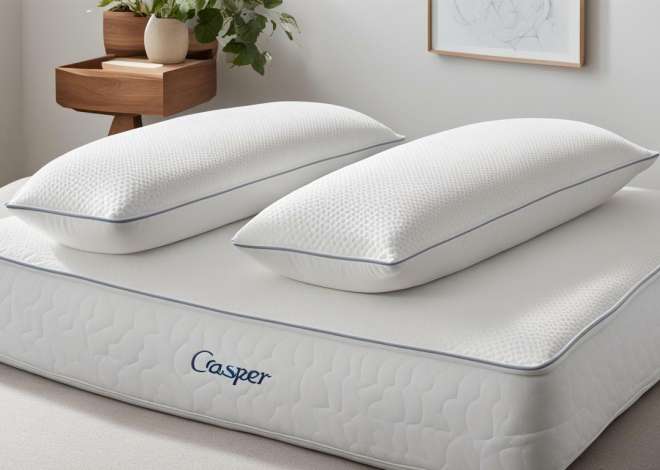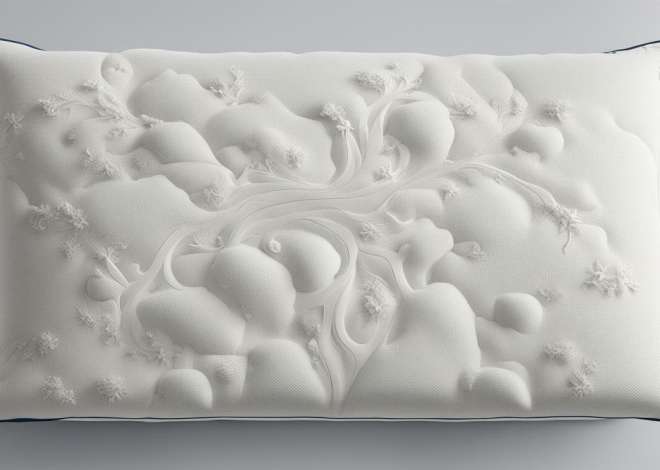
How to Sew Pillowcases for a Professional Finish
Are you tired of buying generic pillowcases that don’t quite fit your style? Why not try sewing your own for a custom and professional finish? In this comprehensive guide, we’ll cover all the steps you need to know to create beautiful and functional pillowcases that are perfect for any decor. So grab your fabric and thread, and let’s get started!
Choosing the Right Fabric and Thread for the Job
When it comes to choosing the fabric and thread for your pillowcases, you want to ensure that you’re selecting the right materials for the job. Cotton, linen, and flannel fabrics are great choices as they’re soft, durable, and machine-washable. For thread, choose a high-quality cotton or polyester thread that matches your fabric color. You can also choose a contrasting color if you want to add a decorative touch to your pillowcases.
It’s important to consider the thread count of your fabric when selecting materials for your pillowcases. A higher thread count means a softer and more luxurious feel, but it also means a higher price point. If you’re on a budget, a lower thread count fabric can still be a great option, just be sure to choose a high-quality thread to ensure durability. Additionally, consider the weave of your fabric. A tighter weave will be more durable and less likely to pill over time.
Measuring and Cutting Your Fabric for Perfect Pillowcases
Before you start cutting your fabric, you’ll need to determine the size of your pillowcases. Standard pillowcases are typically 20 inches by 26 inches, while king-size pillowcases are 20 inches by 36 inches. Once you’ve determined your size, add an additional inch to both the width and length for seam allowances. Cut your fabric to size, making sure to keep the fabric as straight and even as possible.
It’s important to note that the type of fabric you choose can also affect the final look and feel of your pillowcases. For a crisp and smooth finish, consider using a cotton or cotton blend fabric. If you prefer a softer and more luxurious feel, opt for a silk or satin fabric. Additionally, you may want to pre-wash your fabric before cutting to prevent any shrinkage or color bleeding.
Preparing Your Sewing Machine for Pillowcase Sewing
Next, it’s time to get your sewing machine ready. Choose a universal or sharp needle that’s appropriate for your chosen fabric. Thread your machine and adjust your stitch length to 2.5-3mm for standard cotton fabrics. You can adjust the tension as needed to create even and tight stitches.
It’s also important to clean your sewing machine before starting your project. Dust and lint can accumulate in the machine, causing it to malfunction or produce uneven stitches. Use a soft brush or a lint roller to remove any debris from the bobbin case, feed dogs, and other parts of the machine. You can also oil the machine according to the manufacturer’s instructions to ensure smooth operation.
The Best Stitch Techniques for Pillowcase Sewing
When it comes to stitch techniques, there are a few options to choose from. A simple straight stitch is perfect for most pillowcase sewing projects, but you can also use a zigzag or decorative stitch if you want to add some flare. The key is to experiment with your machine and fabric to find the stitch that works best for you.
It’s also important to consider the type of fabric you’re using when selecting a stitch technique. For example, if you’re working with a delicate or stretchy fabric, a zigzag stitch may be more appropriate as it allows for more give and flexibility. On the other hand, if you’re using a heavier or more structured fabric, a straight stitch may be the better choice for a clean and polished finish. Don’t be afraid to try out different stitch techniques and fabrics to find the perfect combination for your pillowcase sewing project.
Tips and Tricks for Sewing Straight Seams
Sewing straight seams can be challenging, especially if you’re new to sewing. One tip is to use a seam guide on your machine to ensure that your seams are even and straight. You can also mark your fabric with a pen or pencil to provide a visual guide for your sewing. Additionally, practice makes perfect, so don’t be afraid to take your time and practice your sewing skills until you feel confident.
Adding a Decorative Flange or Trim to Your Pillowcases
If you want to add some extra style to your pillowcases, consider adding a decorative flange or trim. A flange is a small folded edge that creates a border around the pillowcase, while a trim is a ribbon or lace that’s sewn onto the edge of the pillowcase. Both options can add a pop of color or texture to your finished product.
How to Turn Your Pillowcases Inside Out and Press Them Flat
Once you’ve completed your sewing, it’s time to turn your pillowcases inside out and press them flat. Use a turning tool or the end of a pencil to gently push out the corners of the pillowcase. Then press the pillowcase flat, making sure to iron out any wrinkles or creases.
Finishing Touches: Hemming and Sealing Your Pillowcase Edges
The final step in creating your professional pillowcases is hemming and sealing the edges. Fold the raw edges of your fabric under ½ inch and press them flat. Then, fold the edges over again to create a ½ inch hem and sew along the edge to seal it. This creates a clean and polished finish to your pillowcases.
Creative Ideas for Personalizing Your Pillowcases with Appliqué or Embroidery
If you want to take your pillowcases to the next level, try adding some appliqué or embroidery. This technique involves adding a design or pattern onto your pillowcases by sewing on additional pieces of fabric or using embroidery thread. The possibilities are endless when it comes to personalizing your pillowcases, so have fun with it and let your creativity soar!
Congratulations! You’ve completed the steps to creating your own professional pillowcases. With a little bit of practice and patience, you’ll soon have a collection of custom pillowcases that are perfect for your home or as a thoughtful gift for a loved one. Happy sewing!


